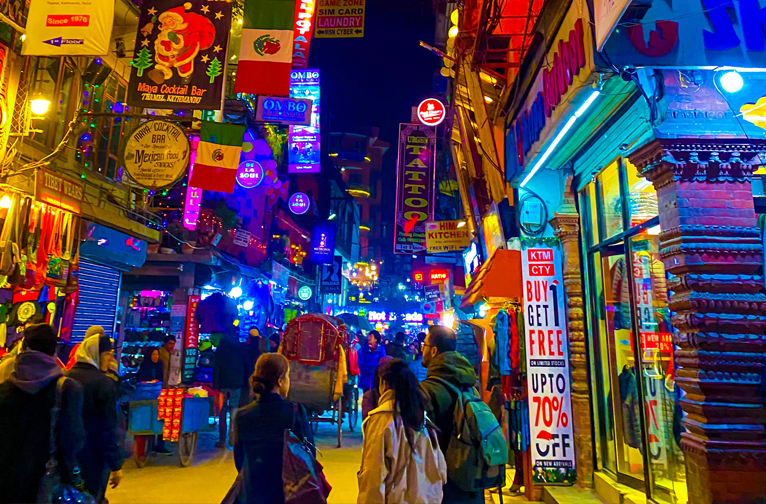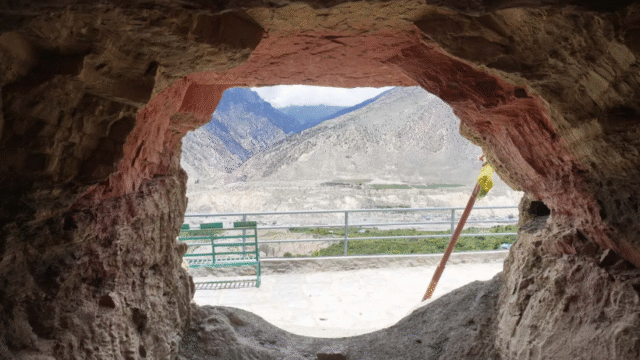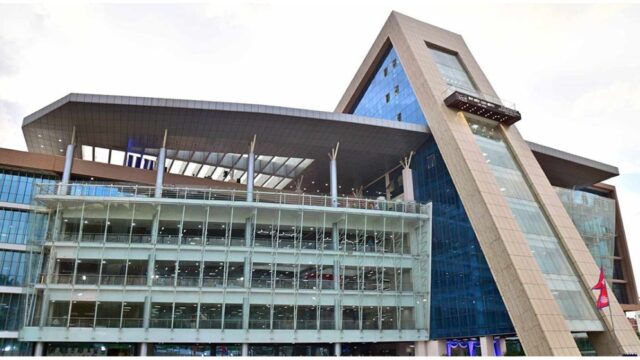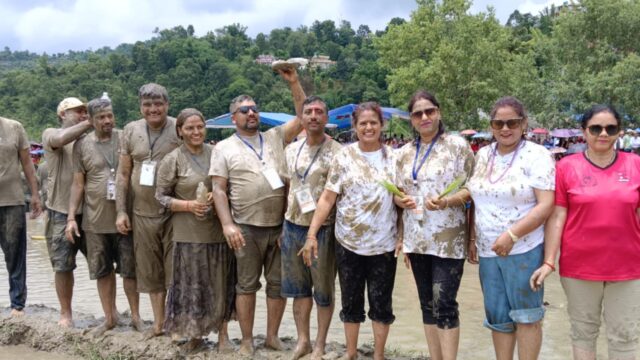Nepal’s tourism sector is grappling with a significant downturn due to the recent economic recession and the ongoing off-season. Tourism entrepreneurs are particularly affected during this period, as foreign tourist arrivals plummet during the summer (June, July, August) and winter (December, January, February) seasons. The peak tourist influx occurs in spring (March, April, May) and autumn (September, October, November), leaving entrepreneurs largely inactive in the off-season.
Despite Nepal’s vast potential as a tourist destination, tourism entrepreneurs argue that the sector suffers from a lack of attention from policymakers. Sajan Shakya, Secretary of the Hotel Association of Nepal, highlighted that the monsoon season sees fewer tourists. He emphasized that Nepal has many scenic locations that can attract visitors even during this season, urging the government to identify and promote these summer tourist spots.
“The government needs to identify and publicize tourist spots suitable for the summer season,” Shakya said. He suggested introducing alternative plans such as short-distance foot trails, heritage sites within the valley, seasonal programs, and promotional activities to attract tourists year-round.
Shakya also pointed out that the tourism sector’s contribution to the country’s Gross Domestic Product (GDP) is only 3 percent, though it indirectly contributes up to 10 percent. He criticized the government’s narrow focus on direct revenue from ticket bookings and hotel stays, neglecting the broader economic impact of tourists’ expenditures on food, visits, and purchases.
Bhabishwar Sharma, President of the Thamel Tourism Development Council (TTDC), echoed Shakya’s sentiments. He emphasized the need to leverage Nepal’s rich geography, culture, religion, and natural diversity to boost tourism. “We have not been able to take advantage of the beauty and diversity of the country,” Sharma said, calling for an action plan to attract tourists in all seasons.
Sharma stressed the importance of collaborative efforts among stakeholders to prepare for tourists interested in summer mountain visits and winter Terai tours. He urged the government to develop an “all-season” tourism strategy to capitalize on Nepal’s geographical diversity.
Pom Narayan Shrestha, President of the Pokhara Tourism Council, highlighted the need for improved international air connectivity across all seven provinces. “It is futile to imagine the growth of the tourism sector without air transport,” Shrestha said, noting the significant impact of air travel on tourism and its contribution to GDP and economic development.
The tourism sector in Nepal supports the employment of approximately 1.9 million people, encompassing businesses such as hotels, restaurants, homestays, local transport, and car rentals. However, Shrestha criticized the lack of continuity in tourism plans with each new government and the outdated policies and regulations hindering the sector’s growth.
“The country’s tourism sector has not thrived year-round due to the discontinuity in action plans. Each new government fails to continue the tourism-related plans of its predecessor,” Shrestha added. He urged for collaborative efforts between the government and the private sector to promote tourism and update policies to meet current demands.






